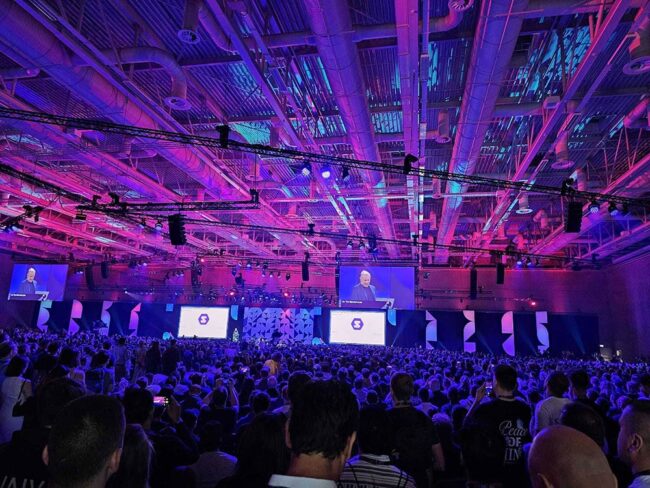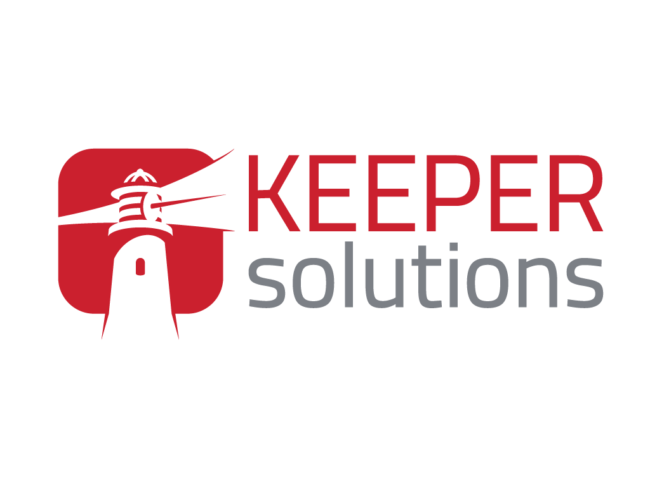Understanding NFTs and their Impact on Art, Culture and the Environment
There has been a lot going on in the world of NFTs.
In March 2021, South Carolina-based graphic designer Beeple sold an NFT for a record $69 million at a Christie’s auction. Later that month, Twitter CEO Jack Dorsey sold his first tweet as an NFT for $2.9 million. This was soon followed by legendary skateboarder, Tony Hawk, announcing his intention to auction a film of the last time he performed the Ollie 540, a trick he made famous some 30 years prior. Many other public figures have also used NFTs as a means to turn their work into collectable art.
But it’s not just high profile figures that are getting involved. In June 2021, the ‘Charlie Bit My Finger’ video (an amateur video which at one point was YouTube’s most watched) was taken off the video platform by the family and sold in auction for over £500,000. The enormity of the industry was confirmed the following month as Reuters reported that the sales volume of NFTs surged to $2.5 bln in the first half of 2021, up from just $13.7 million in the first half of 2020.
If it seems like a lot has happened in a short space of time, it’s because it has. NFTs have truly been one of the most explosive trends in recent history. But what exactly are NFTs?

What is an NFT?
We’ll start off by explaining what the acronym means and breaking it down from there. Quite simply, an NFT is a ‘Non-Fungible Token’.
Fungibility is the ability of a good or asset to be exchanged with other individual goods or assets of the same type. Money is a prime example of something fungible or interchangeable. For instance, a 5 dollar bill can be exchanged for 5 single dollar bills or something of equivalent value. Other examples of fungible items include things like common shares and mass produced commodities.
A non-fungible item is quite the opposite. You cannot trade something that is non-fungible, because there is nothing of equal value. A one-of-a-kind trading card, a house or an original work of art are just some examples of non-fungible items. The Mona Lisa couldn’t exactly be classified as ‘interchangeable’.
This brings us to NFTs which are virtual tokens that represent ownership of something inherently distinct, unique or scarce.
NFTs allow us to tokenise things like artwork, music, videos and other digital collectibles. They can only have one official owner at a time and details are recorded in a digital ledger known as a blockchain. This digital ledger is public and stored on computers across the internet. (Right now NFTs are mainly hosted on an open-source blockchain called Ethereum.) Because NFTs are recorded on blockchain, the authenticity of the product and history-of-ownership can be easily verified. This component also makes NFTs impossible to lose or destroy.

NFTs and Their Impact on the Environment
At Keeper Solutions, we are excited by what NFTs represent. All of the components that we’ve outlined above align to a specific goal – and this is the real aim of NFTs – to eliminate fraud and recalibrate and redefine the value of our culture.
That said, when such a seismic culture shift occurs, we are always interested in taking a closer look at the underlying energy expenditure and the impact it has on the environment. Sustainability has always been one of our core company values (read more here) and we’re always intrigued by where the energy is coming from.
The technology behind NFTs, blockchain and the crypto exchange as a whole requires a lot of energy, generating a massive amount of greenhouse gases. For context, according to the Digiconomist website in August 2021, a single Bitcoin transaction consumes more than 1726.71 kWh. This is enough to power 1 U.S. household for 59.18 days. The same website compares Bitcoin’s annual consumption to that of the entire country of Ukraine. For context, Ukraine is the 45th largest country in the world.
A huge amount of computing energy is required for crypto miners to verify ownership of NFTs on the blockchain. Ethereum uses a purposely complex “Proof-of-Work” (PoW) method to create these digital assets. With this method, an NFT needs to be confirmed as an asset on the blockchain, the owner’s account must be updated and the transaction needs to be ‘immortalised’ on the blockchain. While this is incredibly secure, it also requires a lot of power.
According to the Ethereum website itself – “All these tasks are done by miners. And they let the rest of the network know about your NFT and who owns it. This means mining needs to be sufficiently difficult, otherwise anyone could just claim that they own the NFT you just minted and fraudulently transfer ownership…Mining difficulty comes from the fact that it takes a lot of computing power to create new blocks in the chain. Importantly, blocks are created consistently, not just when they’re needed. They’re created every 12 seconds or so.”

What is the Industry Doing to Improve the Impact of NFTs?
The Proof-of-Work system is the main reason behind NFT’s high energy intensity right now. However, steps are being taken to rectify the situation. One of the main remedies is to use a blockchain running with a different system such as Proof-of-Stake (PoS). PoS is viewed as more energy efficient as it removes the high-powered computing from the consensus algorithm.
Ethereum itself is currently transitioning to a newer, less environmentally impactful system. A series of upgrades, known as Eth2 or Ethereum 2.0, will replace mining with staking (or PoW to PoS). This will remove computing power as a security mechanism, and reduce Ethereum’s carbon footprint by 99.98%. This development is something we greatly support.
Several Proof-of-Stake blockchains are already in existence. The open-source Tezos network consumes over two million times less energy than Proof of Work networks like Bitcoin or Ethereum. The low carbon footprint of Tezos means developers and users can prioritise innovation without compromising sustainability.
There has also been a move towards ensuring that all blockchain runs on renewable energy which will also reduce the environmental impact. According to a Cambridge report, 39% of Proof-of-Work mining is already powered by renewable energy, with that figure expected to rise in the future.
Carbon offsets, a method of compensating for your emissions by funding an equivalent carbon dioxide saving elsewhere, is seen as another means of reducing the impact of NFTs. Nifty Gateway, one of the most popular NFT marketplaces, recently pledged to become “carbon negative” through carbon offsets and technology improvements.

Celebrating 10 Years in Business in a Very Special Way
In August 2021, Keeper Solutions celebrated 10 years in business. We wanted to mark the occasion in a meaningful way and engage with those that have brought us to where we are today. We decided we would mint our own NFT, and gift our team members, friends and supporters with their own, unique edition.
We commissioned a fantastic Dublin artist to create a piece that was inspired by the lighthouse of our new brand. It’s set to music and was minted on Tezos, a carbon-neutral blockchain. We have been working on blockchain technology for many years, but this is our first NFT! Read more about we mark our 10 year anniversary with an NFT and see the NFT for yourself here.



